Blog
Latest updates, tutorials, and insights about FireCMS

FireCMS 3.0 is here
FireCMS 3.0 is our biggest release yet. A faster, more opinionated CMS for Firebase projects, with a new backend, UI, schema editor, import/export, and a lot of in‑house magic.

All the different JS formats
A guide to understanding the various JavaScript module formats and their uses.
Adding Drag-and-Drop to the FireCMS Homepage, and how AI has helped
Learn how we implemented drag-and-drop functionality on the FireCMS homepage with the help of AI tools.

Firebase Functions Monorepo Deployments That Work
Solve E404 and TypeScript errors when deploying Firebase Functions from monorepos with this comprehensive guide.
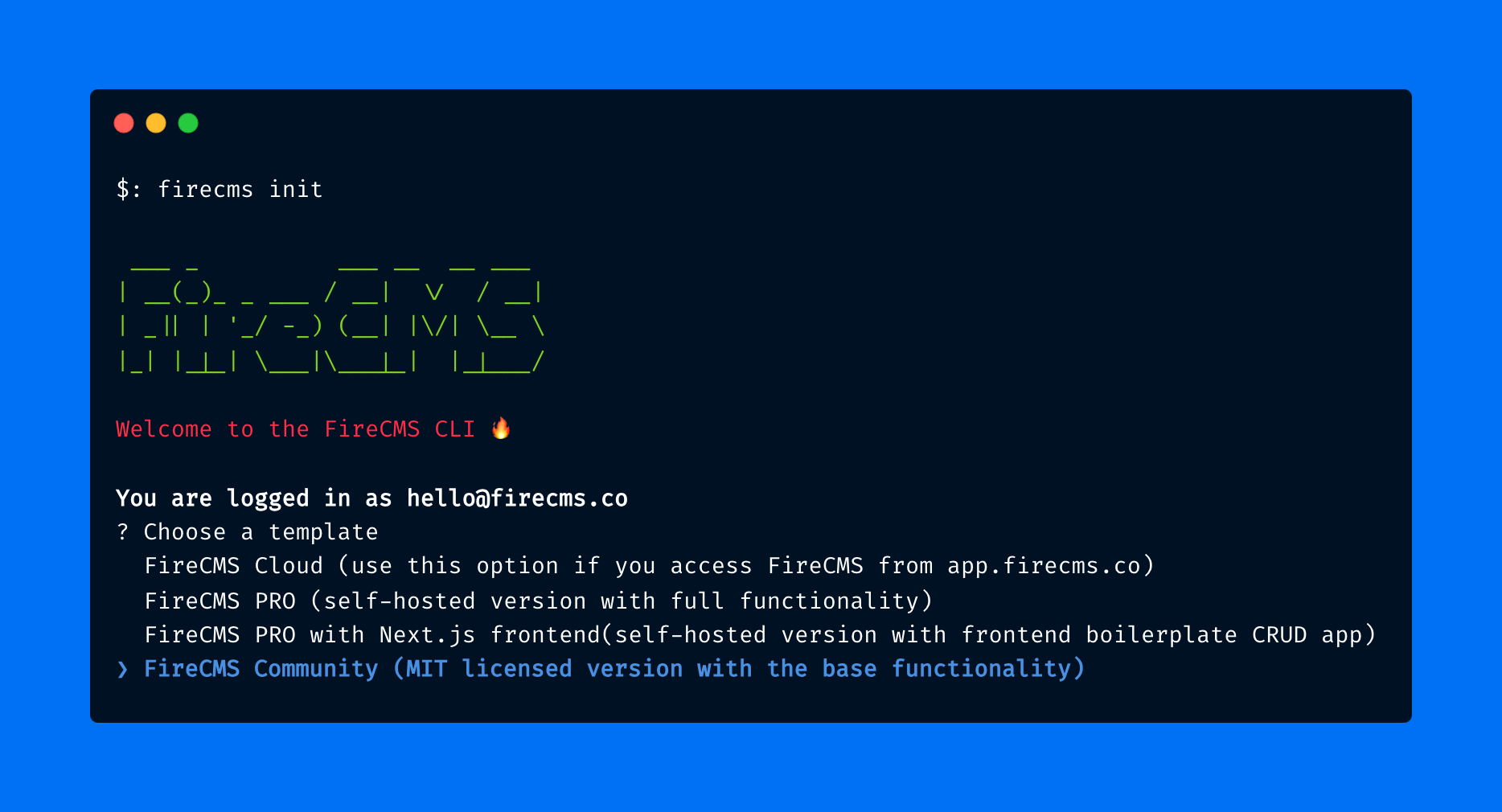
FireCMS Flavours in the CLI
Kickstart a new FireCMS project in a single command with our new CLI flavours.

FireCMS - Our Commitment to Open Source
FireCMS remains open source at heart - learn about our commitment to the open source community.

Exploring the Advantages of a React-based Headless CMS
Discover the advantages of using React as the foundation for building modern headless CMS platforms.

Do you Need a No Code Tool for Firebase?
Exploring whether no-code tools are the right solution for your Firebase projects and workflows.

Firebase: The Ultimate Backend for Your CMS
Discover why Firebase is the ultimate backend choice for modern content management systems.

The Good, the Bad, and the Ugly of Open Source
An honest look at the realities of open source development - the triumphs, challenges, and harsh truths.
How we built NEAT, the 3D gradient tool
Behind the scenes of building NEAT - our interactive 3D gradient tool for creating stunning visual effects.
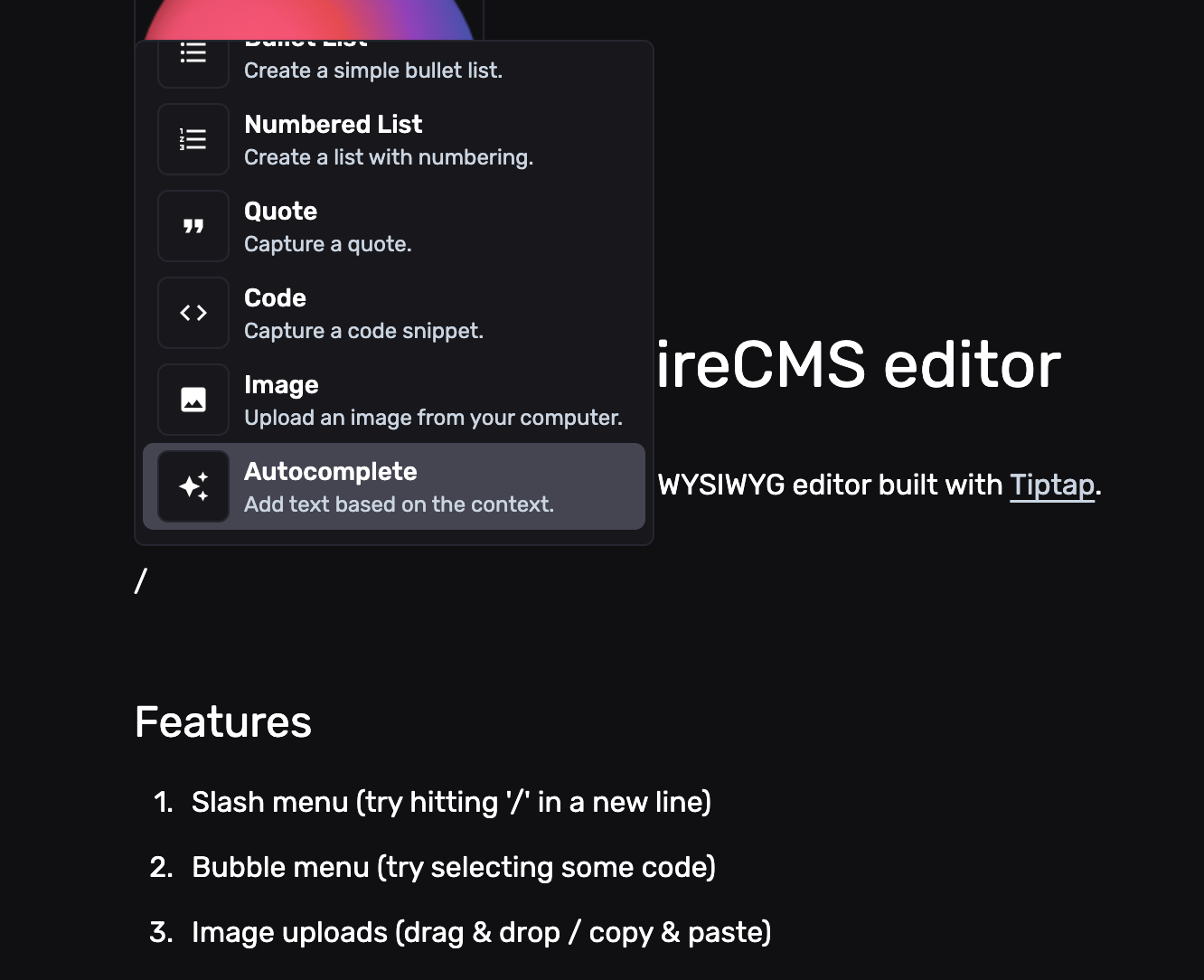
FireCMS Beta.9 is out
Check what's new in FireCMS Beta.9 - the latest release of your favourite CMS.

Hello MongoDB! FireCMS Gets a NoSQL Boost
FireCMS now supports MongoDB! Discover the new NoSQL integration and expanded database options.
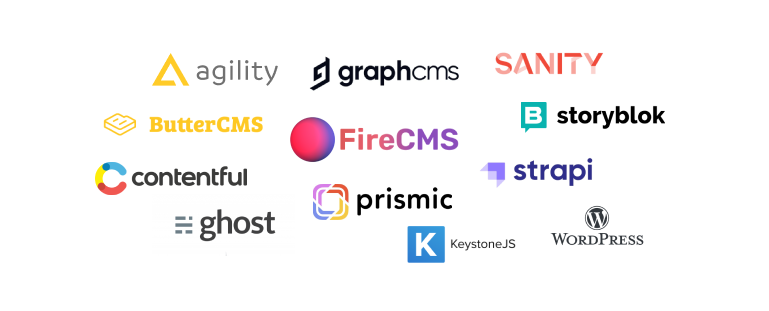
Picking a CMS in 2024
A comprehensive guide to choosing the right CMS for your digital project in 2024.
Beta Launch, FireCMS 3.0 Cloud and Cloud Plus
Announcing FireCMS 3.0 - The next generation CMS is here with Cloud and Cloud Plus offerings.
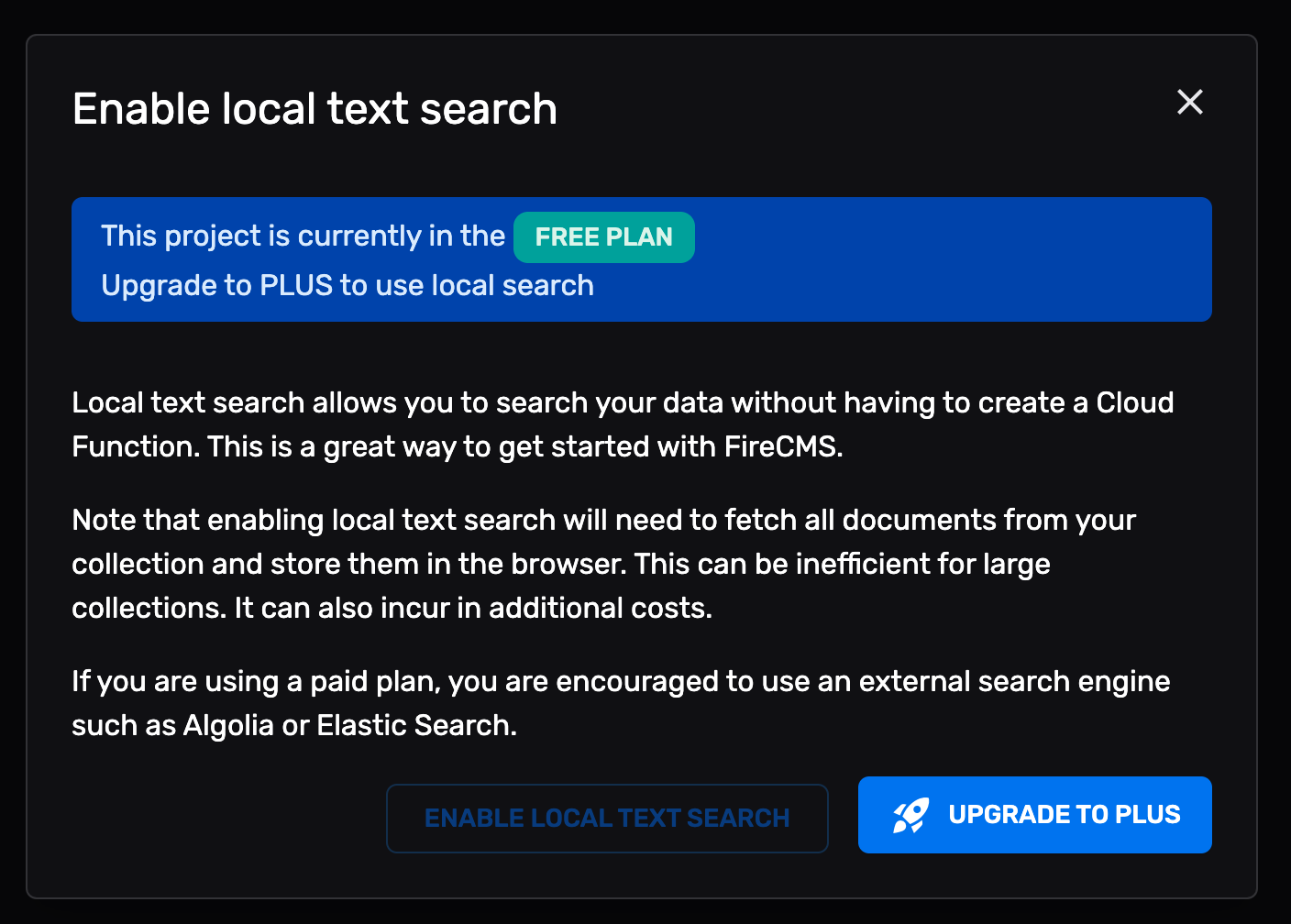
Building in browser text search for Firebase with a Lean mindset
How to implement efficient in-browser text search for Firebase applications without external dependencies.
Automated code migrations with OpenAI's GPT-4
Learn how to use OpenAI's GPT-4 to automatically refactor and migrate code, saving time on tedious development tasks.

Integrating ChatGPT into Existing CMS Systems - A Game Changer for Content Management
Discover how integrating ChatGPT into CMS systems revolutionizes content management with advanced AI capabilities.
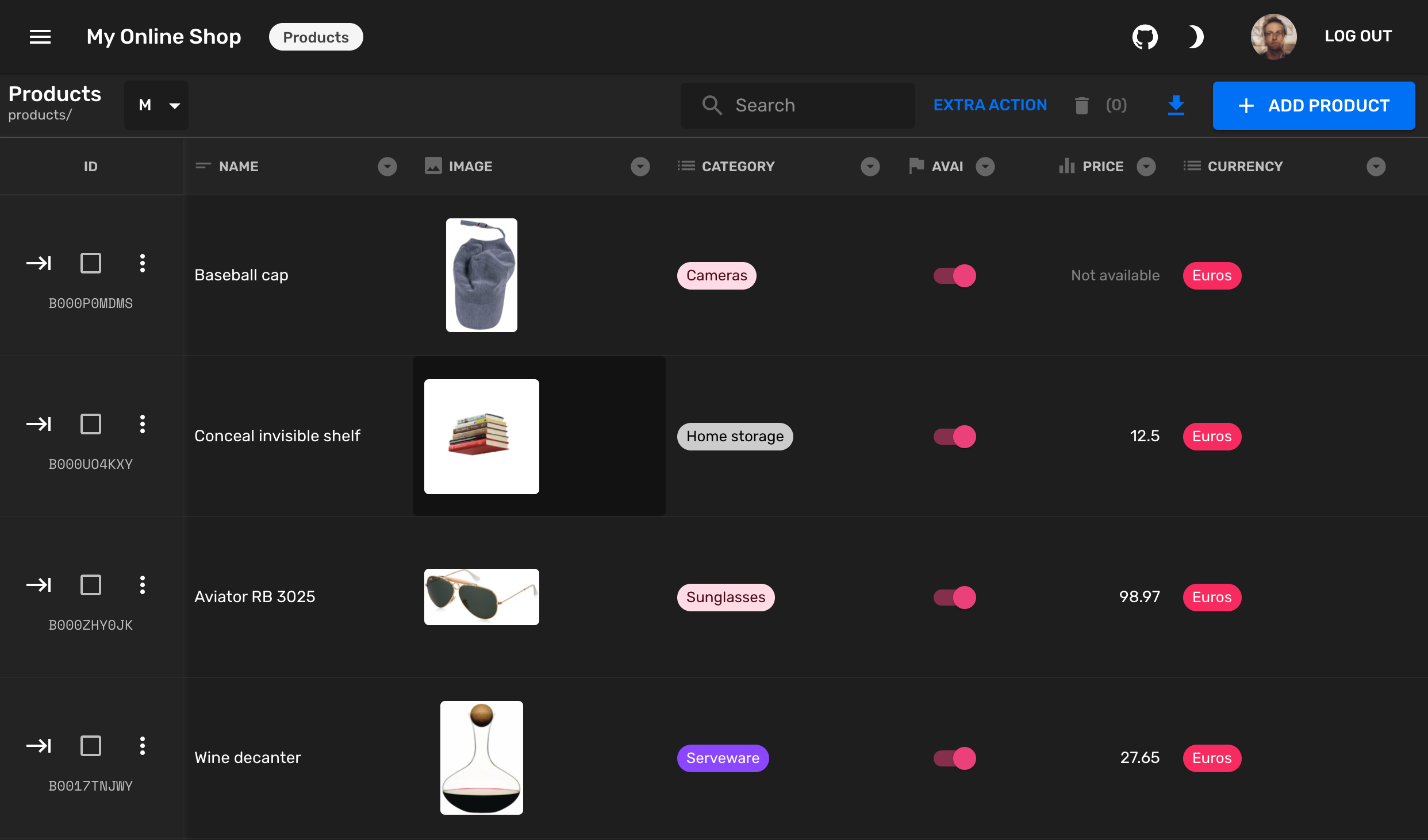
Release of version 1.0.0
FireCMS 1.0 is ready to ship! Discover why Firebase makes for an amazing developer experience.

FireCMS enters the beta period
Exciting times for our project! After more than 60 releases, FireCMS is entering its beta period.

Big types refactor
A major update in version 0.49.0 affecting the main types used in FireCMS.
Hello! Hola!
Welcome to the FireCMS blog! Learn about our journey building a generic headless CMS solution based on Firebase.
